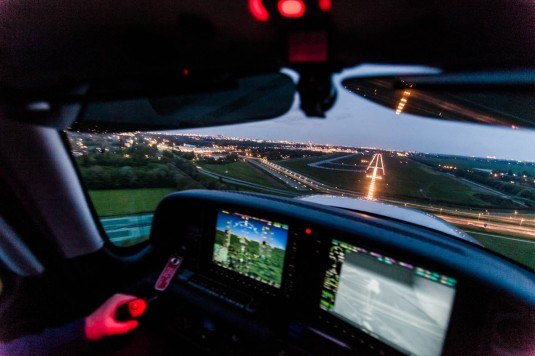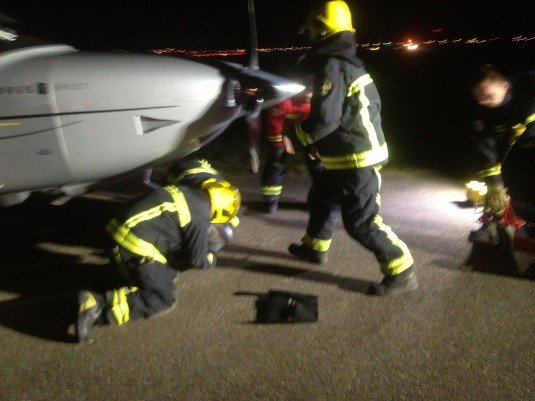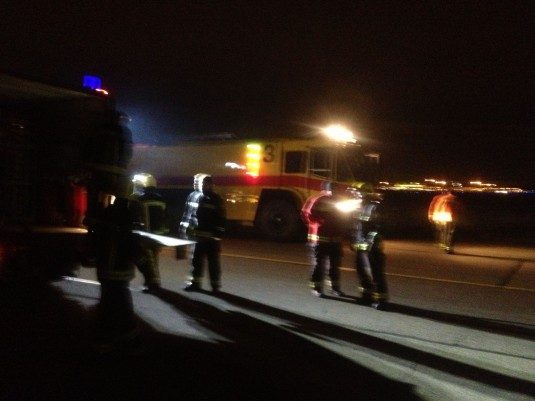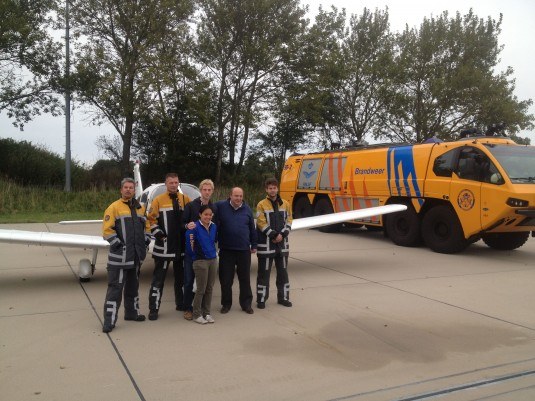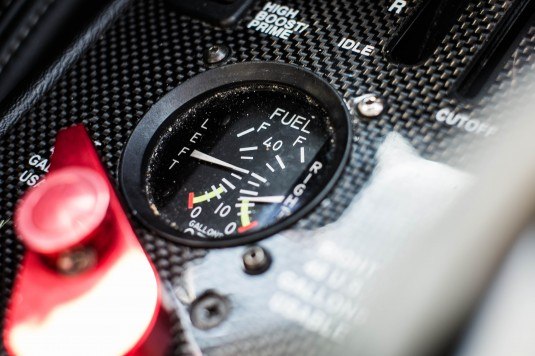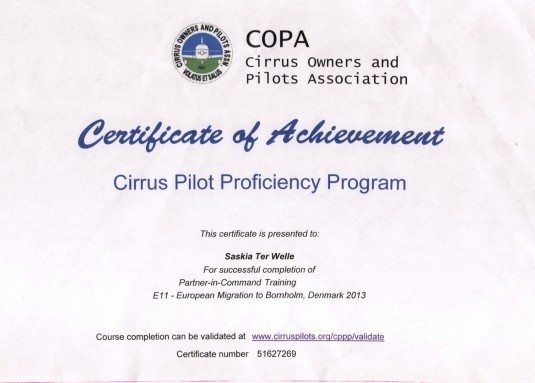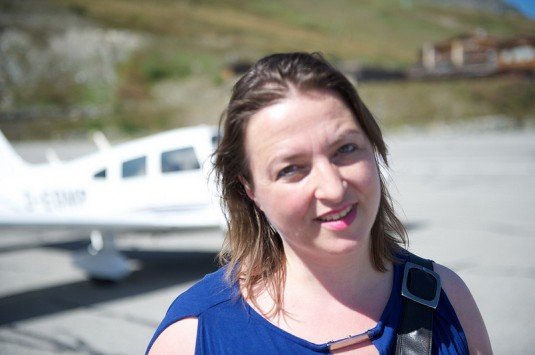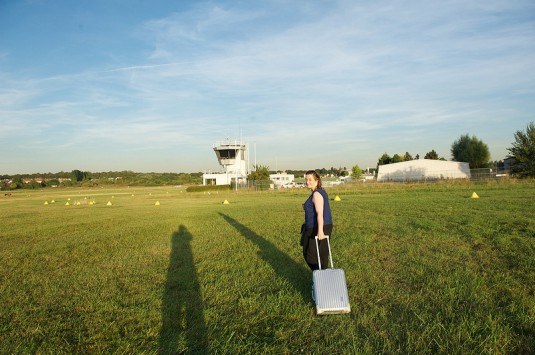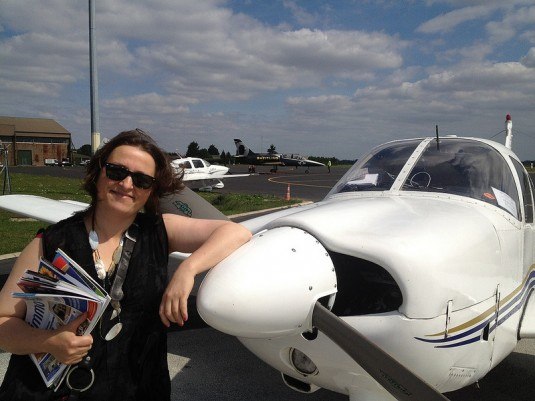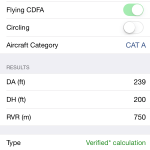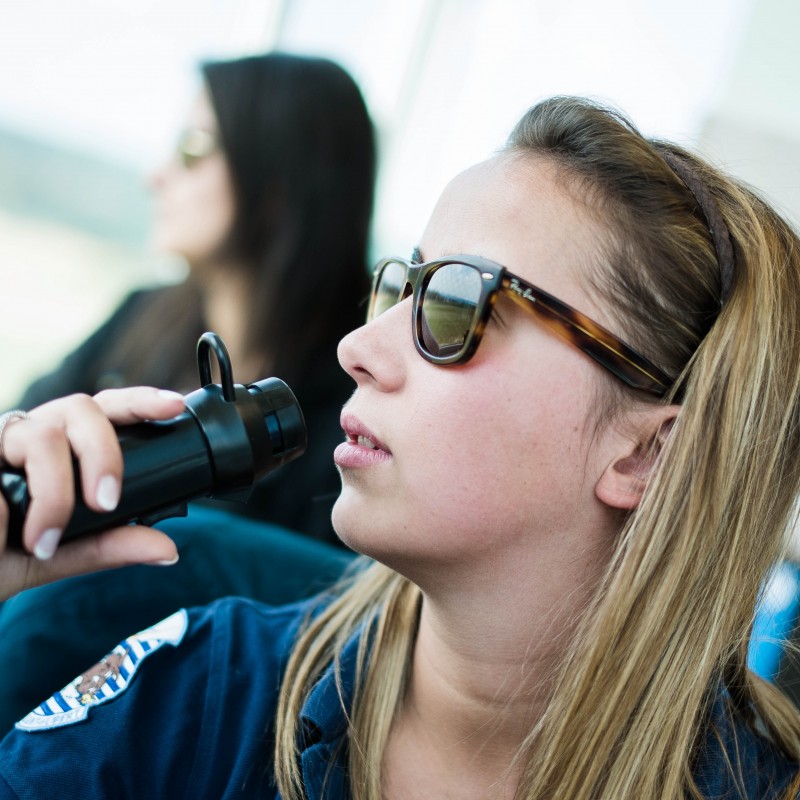Emergencies
Lets assume you sit in the cockpit of an airplane next to the pilot who then all of a sudden becomes incapacitated during flight. What do you do? That is a good question to ask yourself while sitting next to your flying husband.
Luckily, this situation doesn’t happen every week, but when it happens, what would and could you do? Are you capable of flying the aircraft, to land it at an airport setting it safely on the ground? Thinking about this scenario, peace of mind follows good thought ahead and preparation for what might come.
On the ILS into Runway 24 at EHRD.
What counts for me is that, even though I enjoy flying with my husband , I don’t feel compelled to become a certified pilot. I have seen how much time and effort it takes to learn how to fly. I am not going to give this my precious time and priority. I will stick with the flying-along part, sitting in the right hand seat.
While sitting next to my husband I get a better insight into the complexities involved in flying. I asked myself the question “Would I be able to bring this plane safely to the ground in case something would happen?” Until recent, the answer to this question was a simple ‘no’.
Above: flat tire on the runway; Below: my husband, son and his girlfriend after a precautionary landing at Leeuwarden Airforce base.
The sheer moment of terror would overwhelm me. I would probably be paralysed. Add to that the speed of the moving aircraft and the disaster crash will happen while I cannot do much to prevent it. Not a nice idea, isn’t it?
However, I can think of alternatives to getting myself that pilot license, that would provide me with some kind of compromise between (a) on the one hand being a pilot myself and able to land the aircraft safely on the ground and (b) on the other hand being a complete dumbhead. What are the alternatives?
A first option is to take some flying lessons. By taking flying lessons from an instructor, you learn the basics of flying and landing the aircraft as well as communicating over the radio. This will definitely increase your self-confidence and also make the ‘flying-along’ with your husband more fun. I have considered this option. So far, I have opted for another alternative.
Checking the fuel-on-board (FOB) and tuning the radio.
For me, I opted to follow a specific program called the ‘Partner-in-Command’ training. This program is specifically aimed at partners of Cirrus pilots. In about 3 hours you learn the basic steps of what to do and how to prepare for a parachute pull: engaging the autopilot (AP), setting the AP to a specific heading, levelling off or configuring the aircraft and AP to climb or descent. All of this is covered with the aim to get the controller on the radio to steer me and the aircraft to a safe place and altitude to pull the chute.
Partner-in-Command certificate.
This ‘Partner-in-Command’ program does not offer guarantees but gives you the basics with which you can start practising. You receive a script of what to do in case of an emergency and how to indicate to the controller that you have the parachute option on board and would like to use it.
I now followed this ‘partner-in-command’ training twice. Earlier on it was a training focussed on Avidyne glass cockpit equipped Cirrus aircraft with STEC-55 autopilot system. Recently I did the same training again but then focussed around the Garmin Perspective glass cockpit system with its integrated autopilot system. Through this training, I now know what to look for as safety features during flight. I know how to activate the parachute (CAPS) system, so I feel like I have a better grip on potential emergency situations. I experienced this as a very valuable training, which training I can recommend to anyone who regularly flies along with a Cirrus pilot.
In whatever aircraft you fly along, be aware of what you can do to increase the flying safety, not only in case of an emergency but in general. Being open-minded and eager to learn new things and tricks and asking questions to the pilot helps improve safety and having more fun flying along.
Have a safe flight!
First read episode: Part 1.
– Saskia ter Welle
My personal blog: www.saskiaterwelle.com
